Europe-China Forum
Next event In person & livestreamed

- Area of Expertise
- Global Europe

Principal Adviser at the Asia and Pacific Department of the European External Action Service
Michael Reiterer is Principal Adviser at the Asia and Pacific Department of the European External Action Service
‘Connectivity’ is the new buzzword but in fact it was the key reason for which the Asia-Europe Meeting (ASEM) was set up in 1996 – as the connector of the missing link between Europe and Asia in the Europe-America-Asia triangle. ASEM ensures connectivity in the large sense e.g. around three pillars: politics, economics and people-to-people. This is unlike APEC which was built around economics.
Today, connectivity is multi-dimensional and multi-layered, hard and soft, promoted by ASEAN and China, although the latter labels it ‘One Belt, One Road’; Japan and Korea are bandwaggoning, Japan in pledging $110bn for infrastructure projects over five years, Korea in including a connectivity element in its North East Asia Peace and Cooperation Initiative (NAPCI). The EU’s raison d’être is to connect the European peoples after the dire experience of waging war on each other for centuries.
In the last two decades, the political dynamics in both regions and among the regions have changed. ASEM was the brainchild of Singapore and France in the second half of the 1990s, a period of economic boom. The focus was therefore on economics at the first ASEM summit in Bangkok in 1996. The second summit in London had to deal with the Asian Financial Crisis and the 2008 Beijing Summit had the worldwide financial crisis on the agenda. Thus, the scope of ASEM has enlarged, and in addition to the core ministerial meetings like the foreign ministers which prepared ASEM summits, meetings of finance and economic ministers and those dealing with issues like education, culture, transport and migration were added. The enlarged membership from 25 in 1996 to 53 today has converted the interregional set-up into an intercontinental institution, with a strong membership outside of ASEAN Plus Three (South Asia, Oceania) and the non-EU members Switzerland and Norway.
Another important change is that unlike in earlier times, ASEM is no longer the only kid on the block; the East Asian Summit, G20 or forums like the Shangri-La and the Boao are competitors. In one aspect, although founded in the 20th century, ASEM was a child of the future. From the outset, it had the people-to-people dimension, recognised the non-state actors in international politics and charged the only organisation of the institutions, the Asia-Europe Foundation (ASEF) in Singapore, to foster this aspect. The Business Forum, the People’s ASEM, the Parliamentarians’ Meeting, the Social Forum, the Model ASEM of the young could all grow despite the reluctance of some Asian countries that have for long equated civil society with the opposition.
Nevertheless, ASEM has low, or no, name recognition and is perceived as a talk shop without concrete outcomes by those who know it. Very few cherish an institution which strives to provide a comprehensive platform for a dialogue among equal partners at the official, political and top political level. ASEM offers the rather unique opportunity to discuss ideas and problems without the pressure of deliverables. But politics today do not allow just ‘talk shops’ or ‘saloons’ for intellectual exchange – deliverables have to justify the investment in time and money of the tax paper, transparency to guarantee accountability – a trend which ASEM cannot evade and which changes its character and thereby its vocation.
Therefore, two tasks are essential for ASEM: first, dealing with the ‘right’ and relevant issues in which ASEM can add value; and second, communicating the work accomplished efficiently and understandably. While communication techniques and social media cannot replace content, let us explore the communication aspect of ASEM and ASEF.
Communication needs to target the appropriate audiences in Asia and Europe with selected and tailor-made messages in addressing the right interlocutors, e.g. multipliers, to have a chance to reach out to more than 4bn peoples. Digital public diplomacy through social media is essential because interactivity, platforms to engage networks and information portals, are necessary. While secure information is required, this is quite different from political control – diversity characterises Asia as well as Europe, therefore exchanges must be diverse, open and not politically-controlled. A general audience is not interested in dire communiques or chair’s statements. ASEM summitry and high-level contacts need a human face, a translation in understandable stories and pictures.
Here are some ideas for making the invisible visible:
– the best cultural event
– the best literary translation
– the best song (the Euro song contest already reaches Australia and was for the first time transmitted to the US in 2016)
– the best non-verbal communication – dance, ballet, painting, sculpture
– the best news/home story
These prizes would be just the necessary visible tip of the iceberg of efforts to make culture and values known; in adding a religious and interfaith dimension, dialogues could also contribute to exchanges about the prevention of radicalisation, and de-radicalisation – necessary tools in the current environment;
– discuss common themes from different angles – there is need for a new generational contract in light of the changing demography
– work together on start-ups – energy and innovation supported by experience (grey ASEM experts) to increase employability, fight youth unemployment, foster creativity, reduce the risk of failure;
– Organise Sports events or sponsor ‘ASEM participants’ from both regions in the Special Olympics.
– Climate change: the sanction of non-compliance with commitments made at the 2015 Paris Conference is primarily peer pressure and naming and shaming, a core task of civil society. ASEF could add an ASEM implementation ticker to its ASEF Outlook Report;
– Tourism adds an essential people-to-people dimension. Drawing on the ASEM alumni network, initiatives such as ‘meet your local friend through the “ASEM Guide to local encounters”’ could be envisaged. Other initiatives could include an ‘ASEM home stay’ or ASEM voluntary work.
These are a few examples of connecting peoples that would give ASEM a much-needed human dimension. Building on face-to-face encounters, ASEM virtuality would have a real basis, create real friends and provide the material for real stories to be told by the media.
Next event In person & livestreamed

Past event
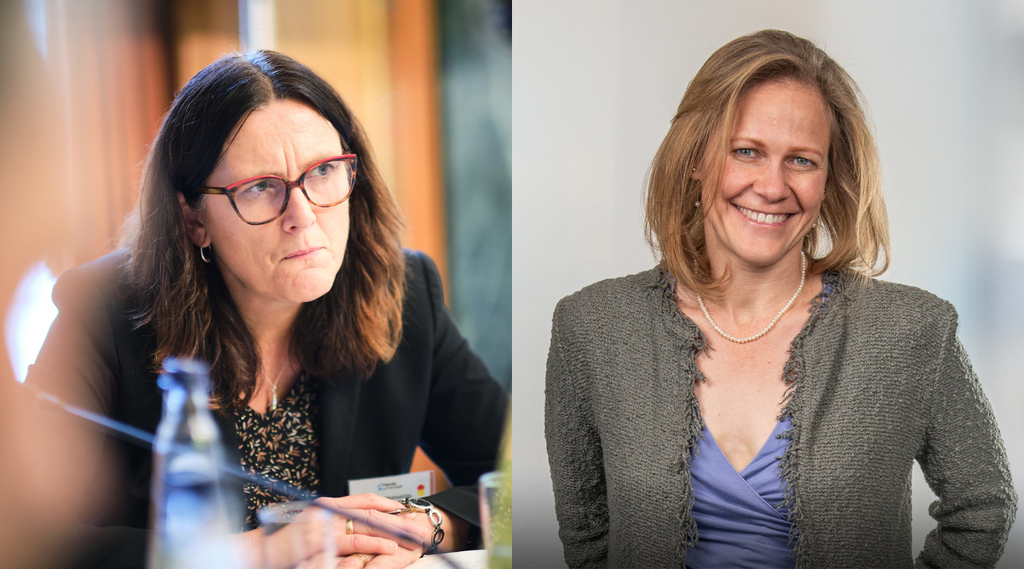
Past event Online
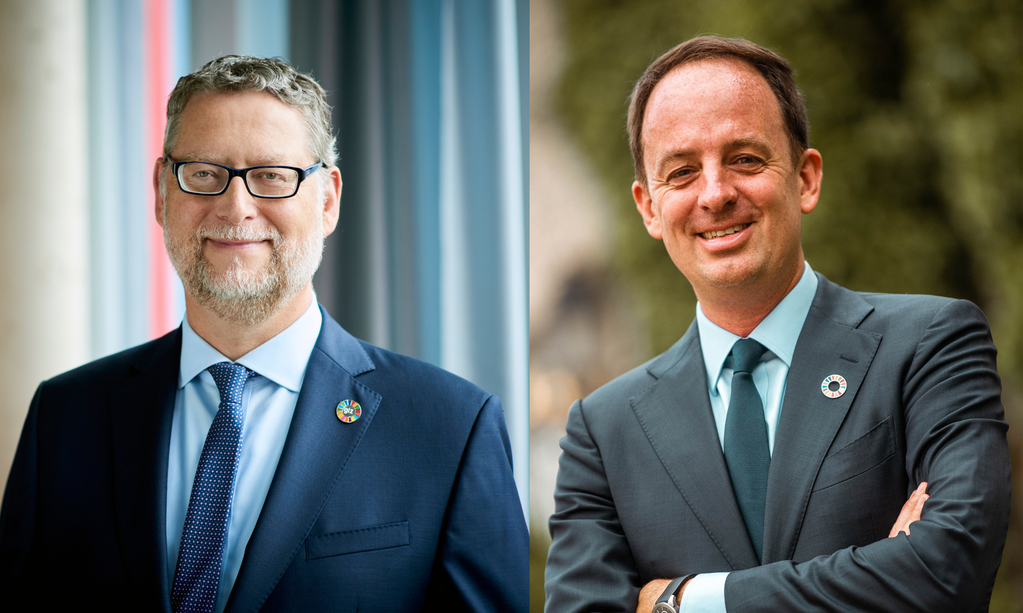
Past event IN PERSON & ONLINE

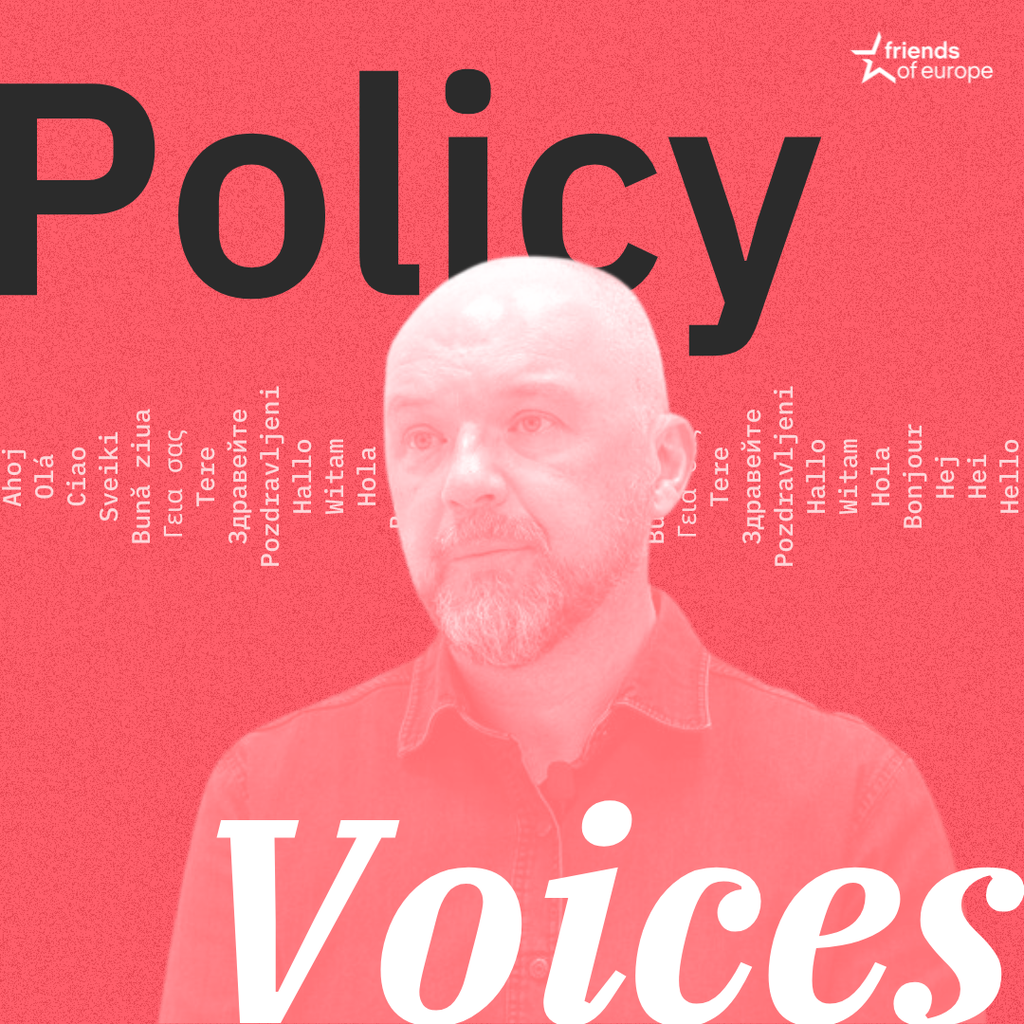
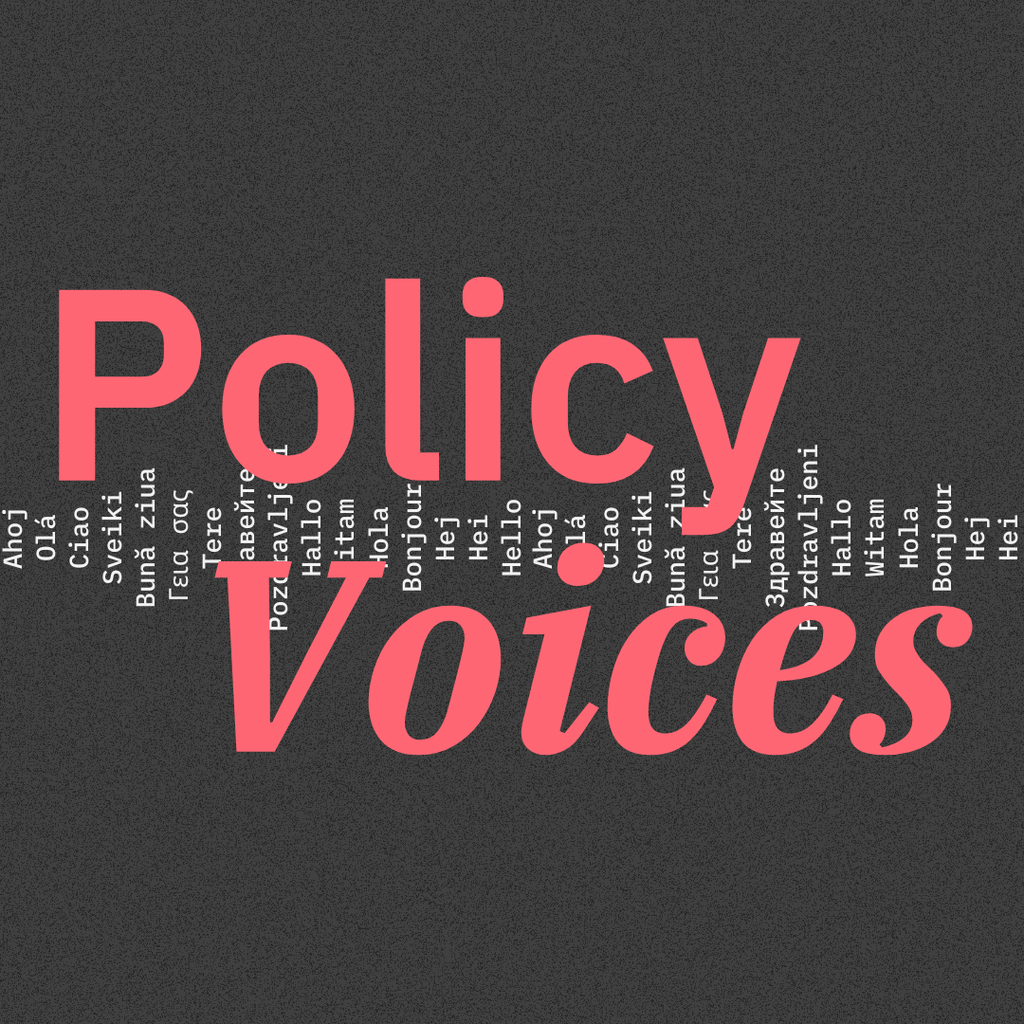
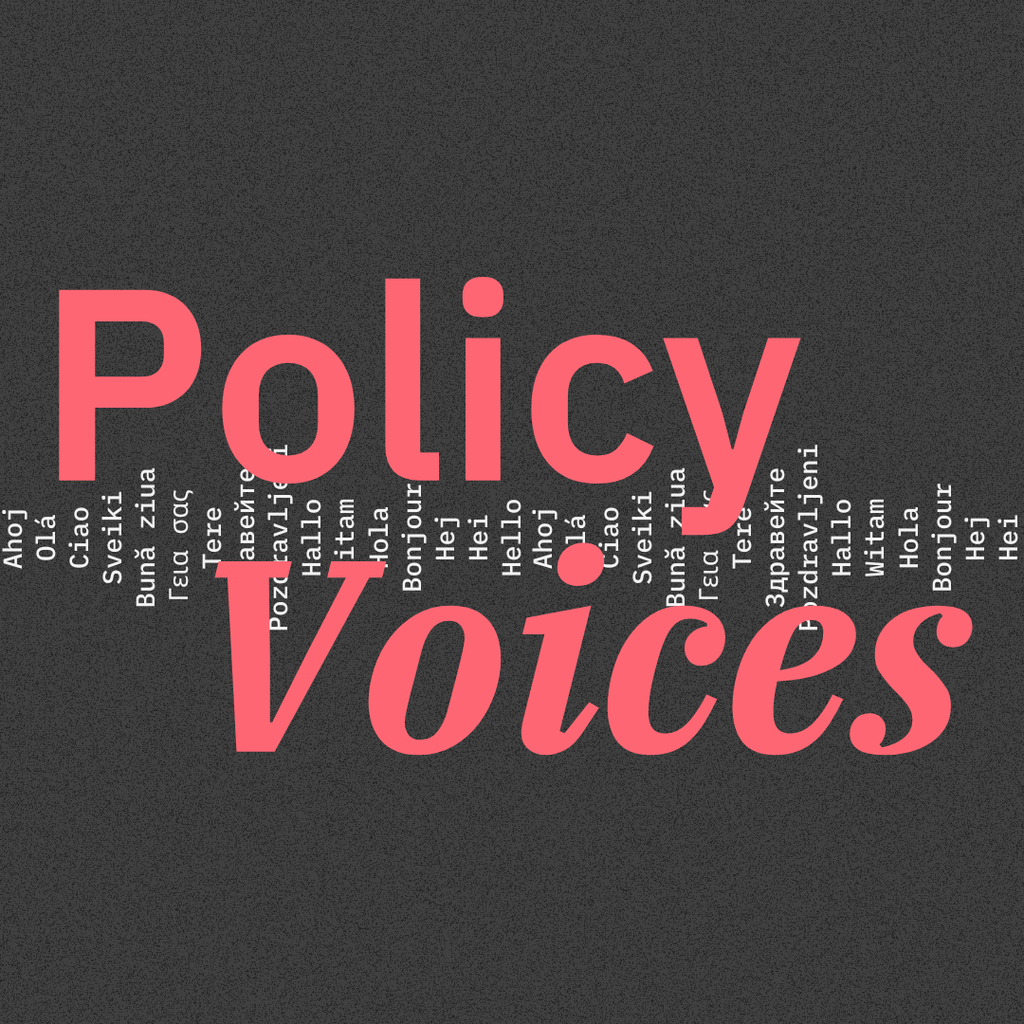

Stay informed
We use cookies and similar technologies to adjust your preferences, analyze traffic and measure the effectiveness of our campaigns. Learn more about our privacy policy.